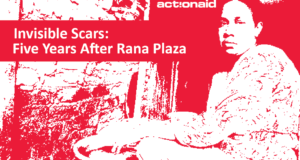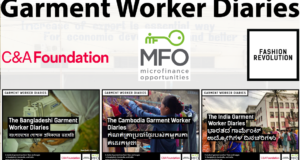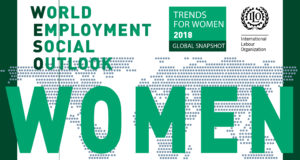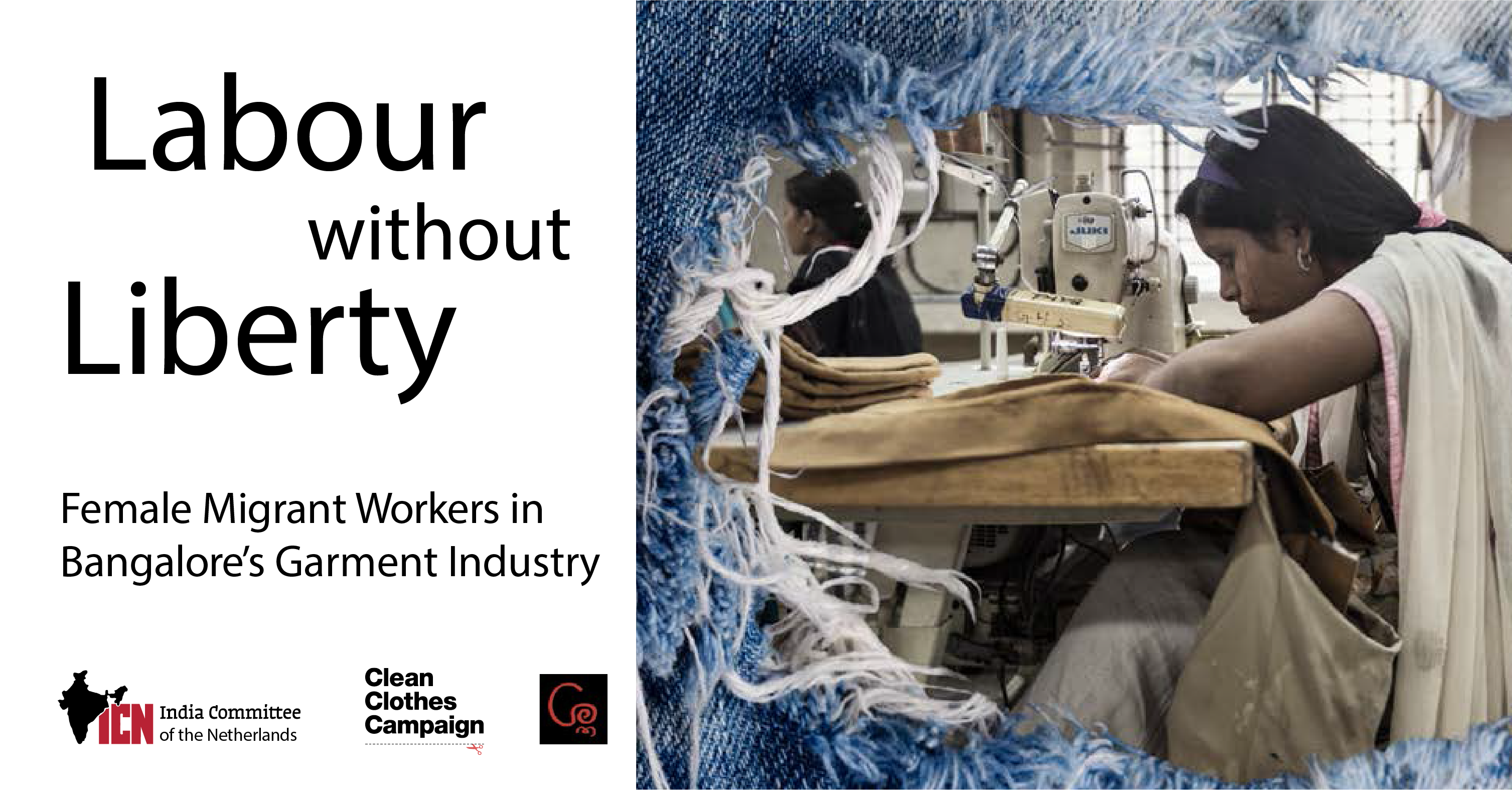Bangladesh’s garments and some other manufacturing and service sectors have become globally competitive over the last three decades. Though there were many up-gradations in terms of technology and trade within these industries, wage fixing institutions such as minimum wage and collective bargaining arrangement are still at early stage of development. A 2015 CPD study by Dr Khondaker Golam Moazzem, Mahtab Uddin Ahmed and Ariful Islam has found that a major weakness in the process of fixing minimum wage in Bangladesh is absence of appropriate definition and estimation method. The study said that due to absence of definition, discussion and negotiation on minimum wage often become complex and hard to come in conclusion the minimum benchmark level.
Debate Over Definition
Bangladesh follows the ILO Minimum wage Fixing Convention 1970 (No.131), but it does not go for defining and estimating it. Various concepts and methods have been tried to apply to address the core theme of ILO convention of 131 regarding minimum wage. Among various concepts on minimum wages, concept of living wage is found to be closer which means a wage that is sufficient to meet the basic needs of workers and their families and provide some discretionary income.
Moreover, in case of negotiation of minimum wage, a worker is considered as the single consuming unit and his major cost is considered for food related expenses. Such perception about workers is too simple where changes in the structure of family and costs are not duly taken into consideration. Hence, this affects overall negotiation of fixing minimum wages. Few other issues got prominence in the discussion such as, level of inflation, rise of livelihood expenses of workers, rise of cost of production and capacity of enterprises to handle the possible rise of operational cost due to rise in the minimum wages. Without having adequate real time data on those issues (except level of inflation), discussion on fixing minimum wage often faces constraints in providing any conclusion.
The CPD study pointed out that a total of 42 industries have so far been covered for fixing minimum wage through the minimum wage board. The industries which have been covered under the minimum wage fixing mechanism are mostly manufacturing industries.
Years of inaction
Due to lack of interest of the successive governments particularly during the period of mid-1980s to early 2000s, only a few industries have experienced revision of minimum wage during that period. On the other hand, strong political pressure from the successive governments after mid-2000s made way to revise the minimum wage number of times for different industries.
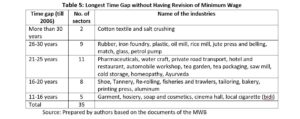
Debate over Revision of Minimum Wage
After the initiation of activities of the export-oriented garments sector in late 1970s, the first minimum wage was announced in mid-1980s. The minimum wage set for the entry level workers in 1985 was fixed at Tk.627 which was highest among the sectors having announced minimum wage. This wage rate was higher than that of upper poverty line income in Dhaka and Chittagong cities in mid-1980s and 26 per cent higher than per capita GDP in 1985. The second revision of minimum wage for entry level workers came after 9 years in 1994 when it was fixed at Tk.930; this works out at an average growth rate of 5.4% per year during 1985-1994. Compared to 1984, the differences in minimum wages with poverty line income had narrowed down in 1994 – the difference was 12.8 per cent; in contrast, the minimum wage was 3 per cent lower than the per capita GDP in 1994. Because of lack of regular revision of minimum wages in 1980s and early 1990s, the workers in the sector deprived of getting adequate wages ensure the pay equity. After the second revision in 1994, the sector passed a long ‘hibernation period’ till 2006 without any revision of minimum wages. As a result, the benchmark level of minimum wage had been getting further low (at least in real terms) which would affect lower bound of the minimum wage in the forthcoming fixations.
Since 2006, the minimum wage for the garments sector has been revised several times. However, the decision to go for revision of minimum wage had been taken after massive unrest and demand raised by workers; trade union activities observed at a later phase. Often those unrest were mainly an spontaneous movement of workers where the trade unions joined in later. During 2006, the minimum wage for the entry level workers was set at Tk.1662.5 with a mere annual increase of 6.6 per cent. This wage was 88 per cent higher than upper poverty line income in urban areas of Dhaka and Chittagong cities but it was 30 per cent lower than the per capita GDP in 2006. The following revision was taken place in 2010 when it was set at Tk.3000 with a significant rise of 20 per cent per year. Consequently the differences both with minimum wage and per capita GDP have improved- it was 83.7 per cent higher than upper poverty line income and 21.6 per cent lower than per capita GDP. Similarly with the latest revision of minimum wage in 2013 (Tk.5300), it has increased to 27 per cent per year; as a result the difference with per capita GDP was only 4 per cent.
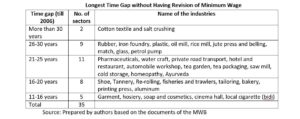
Debate over Trade Union and Collective Bargaining
There are some improvements in terms of trade union activities and collective bargaining in garment and other industries over the last few years. However, this is still far from the expectations. The CPD study found that out of 136 manufacturing industrial industries, only 67 industries practice organized form of trade union. Among the 42 industries having minimum wage system, 24 industries practice trade union related activities. Trade union activities are mostly related to discussion on workers’ wages, vacation and holidays, lay off and promotion and workplace safety and security etc. Trade union related activities in most industries observed at the national level.
Lack of awareness among workers
The study also found that workers are not aware about their role in the wage fixing mechanism. It is found from the interview* conducted in 2015 that a large portion of the interviewed workers either have no idea about the wage grade and minimum wages at each grade which are fixed by the minimum wage board or have a very unclear idea about it. Analysis of sample data reveals that about 58 per cent of the sample workers reported that their factory does not follow the wage grades which are fixed by of minimum wage board (MWB); and about 67 per cent of the sample workers reported that their factory followed ‘A’, ‘B’, and ‘C’ categories in order to classify their workers.
In worst case scenario, workers fall under false promises. For example, while workers are assured orally regarding expected higher wage grade, but no written confirmation is provided. Workers ID cards did not clearly mention about their jobs and grades. It is a common practice that the designation of a worker is written as ‘operator’ instead of properly mentioning about operator of which grade such as senior / Junior / normal /an assistant operator. It is also difficult to understand whether this specific worker is related to swing /winding /knitting /kanchai/ over lock/ other machine operation. It is necessary to mention such details in ID cards.
About 60 per cent of the sample workers have been downgraded in their written designation from the designation orally assured by the factory authority. The rest 40 per cent workers have reported no difference in their designation between written form and oral assurance by the authority of the factory. Besides, about 50 per cent of the interviewed workers (excluding the workers of sweater factory) are paid less than the government-fixed minimum wage rate which is compatible with his/her written designation.
*However, after the Rana Plaza tragedy, varies measures have been undertaken in order to raise workers awareness. As a result, their awareness is believed to be improved compared to that of the study
Recommendations
- Lack of Information on relevant issues of consideration is one of the major challenges for not considering all the variables. There needs to be some initiative to make information available
- Stakeholders’ concerns regarding Fixing Wages is another crucial factor. The negotiation on minimum wages should be based on discussion on some of the critical issues such as price of the products, productivity and business capability weaken the quality of decision making process.
- There should be a clear definition of minimum wage.
- Balance of Power in the Negotiation should be maintained.
- Workers in general are not aware about their wage structure and have limited knowledge about the whole process of fixing minimum wage. There should be initiatives to make workers aware.
- Practice of collective bargaining is non-existent in the garments sector although a number of trade unions are in operation both at national and factory levels. An effective collective bargaining mechanism can help improve wage fixing mechanism in many ways.
The article is based on a 2015 study titled “Wage Fixing Institutions and Their Impacts in Major Garment Producing Countries: Case of Bangladesh” conducted by Centre for Policy Dialogue. Dr Khondaker Golam Moazzem, Mahtab Uddin Ahmed and Ariful Islam are the authors of the study.
 CPD RMG Study Stitching a better future for Bangladesh
CPD RMG Study Stitching a better future for Bangladesh

